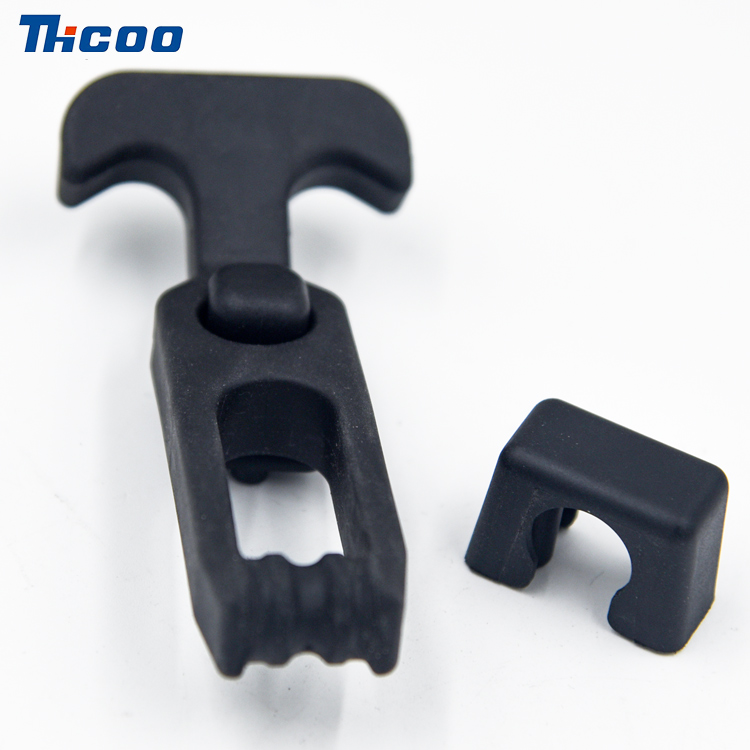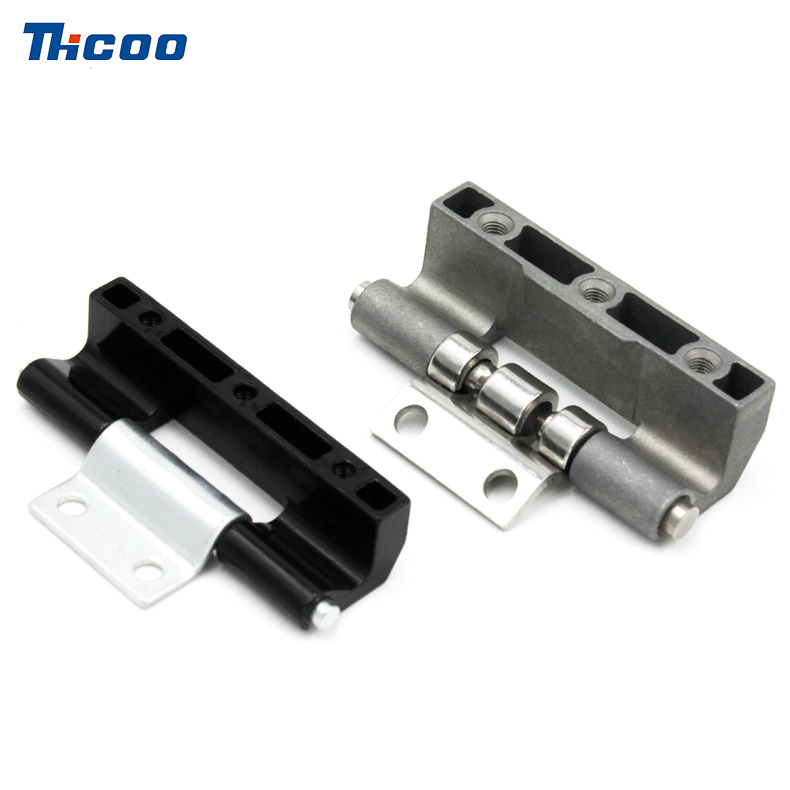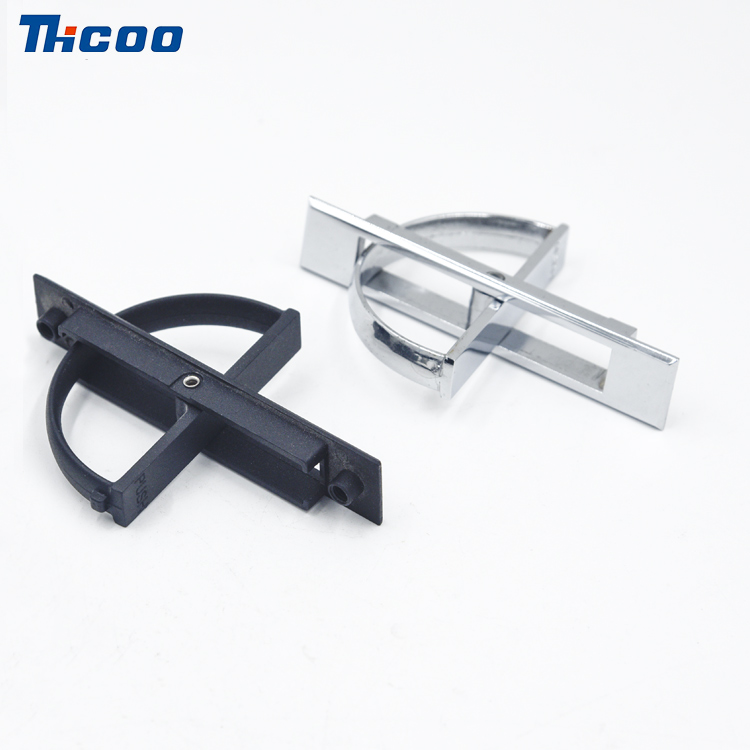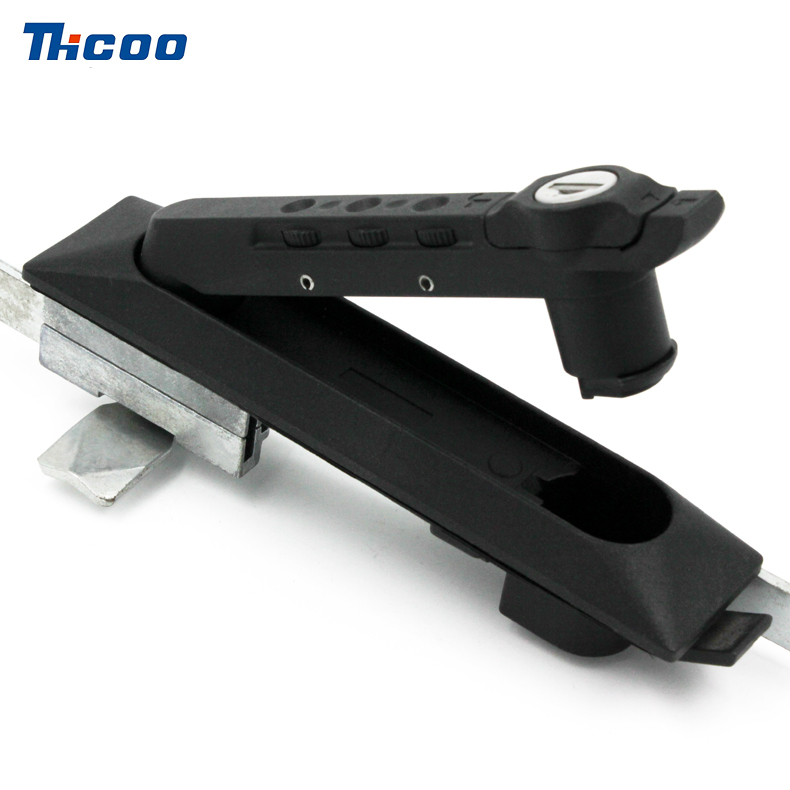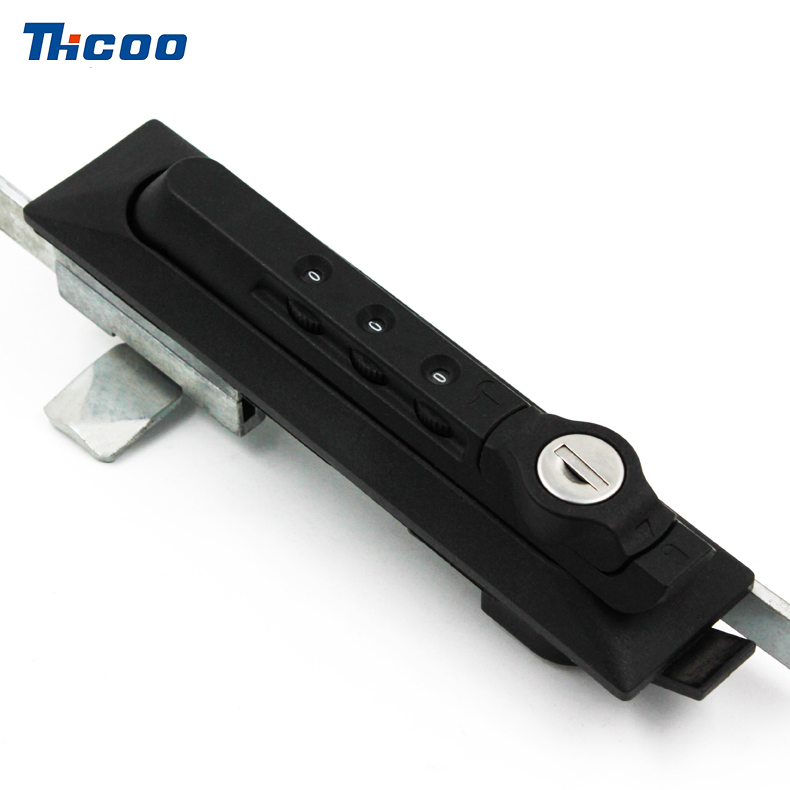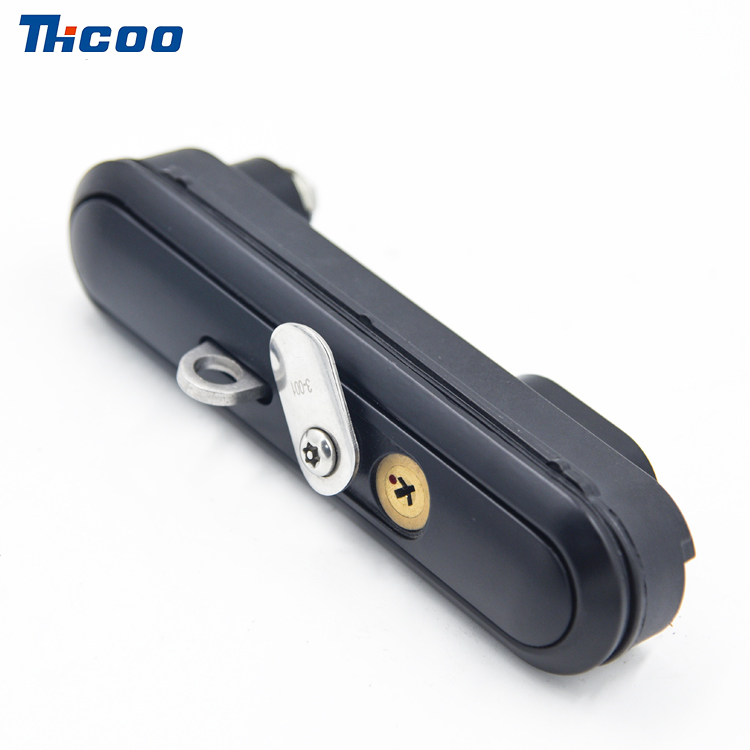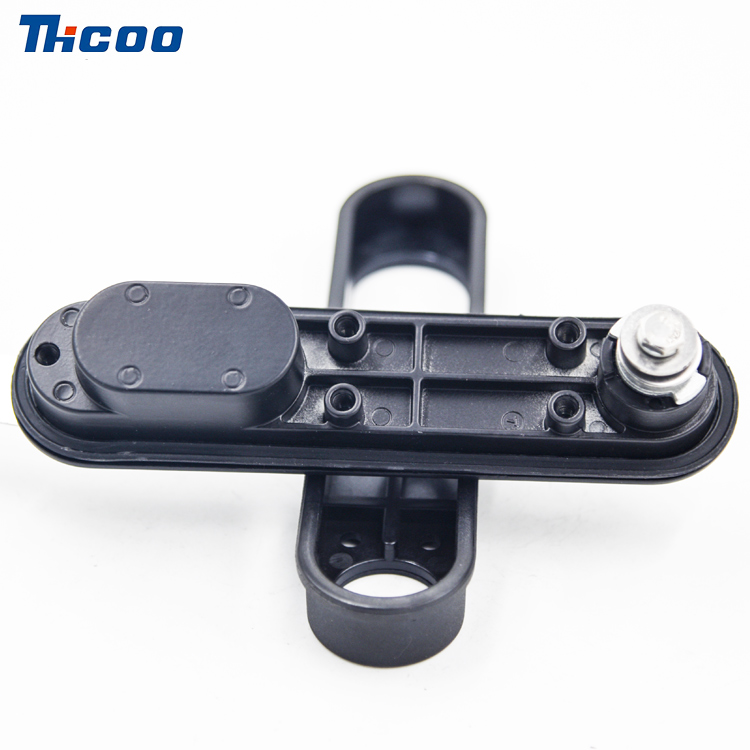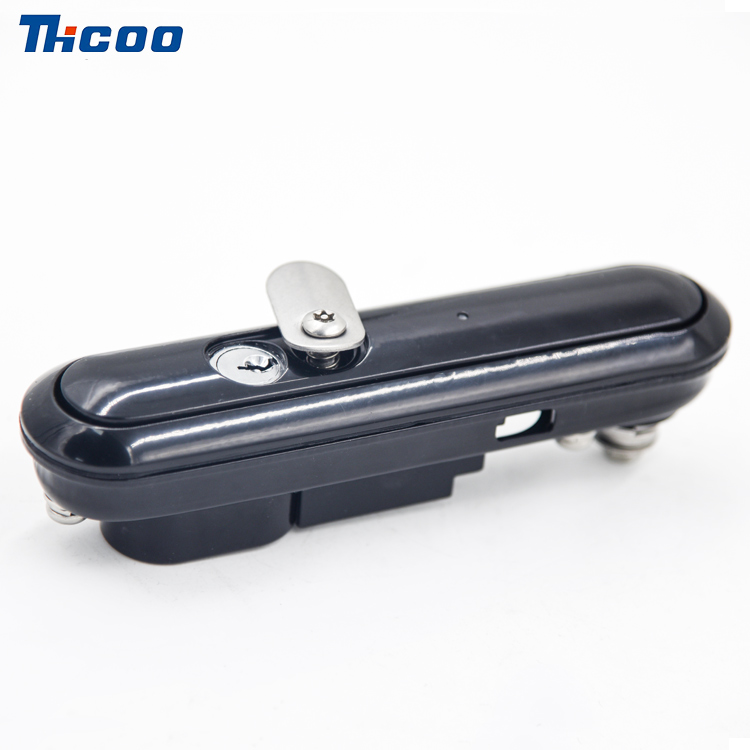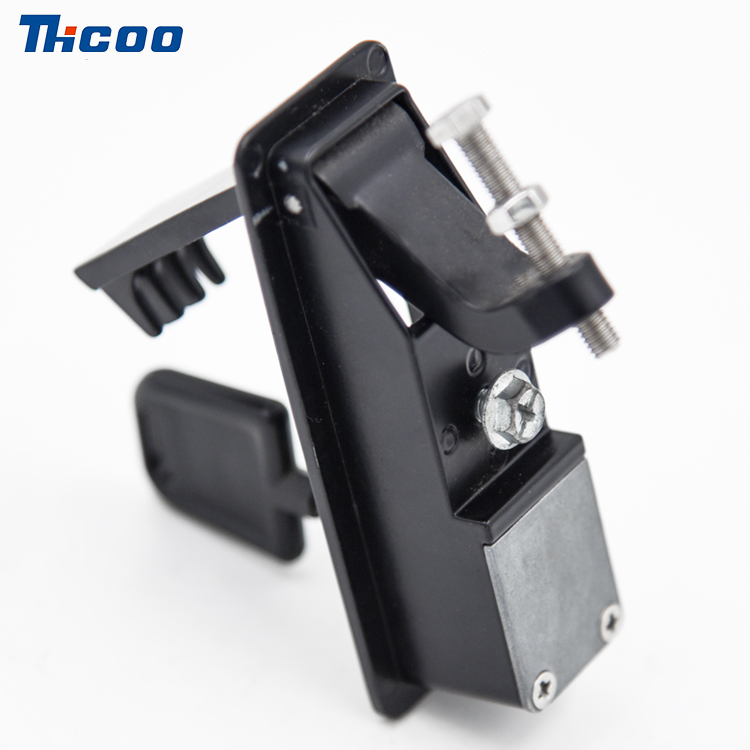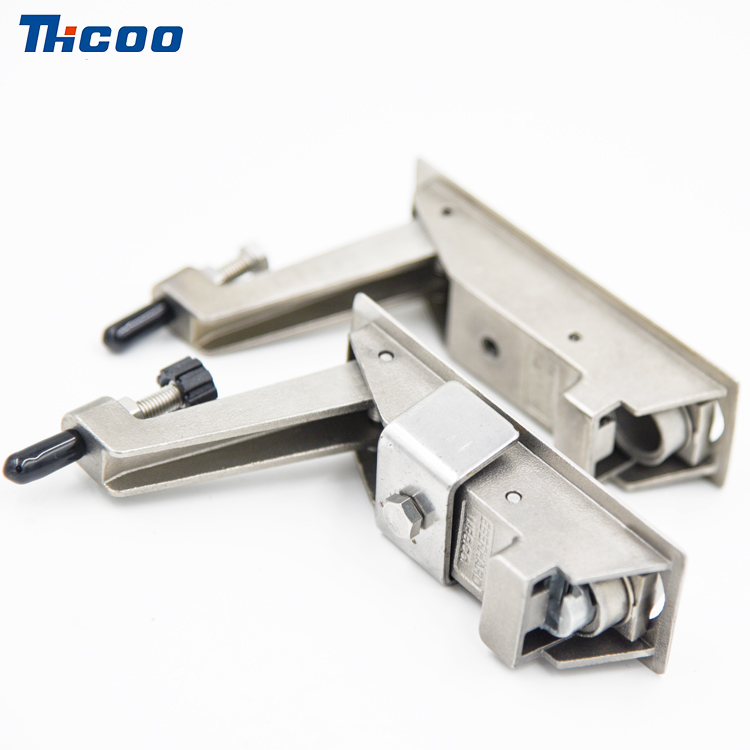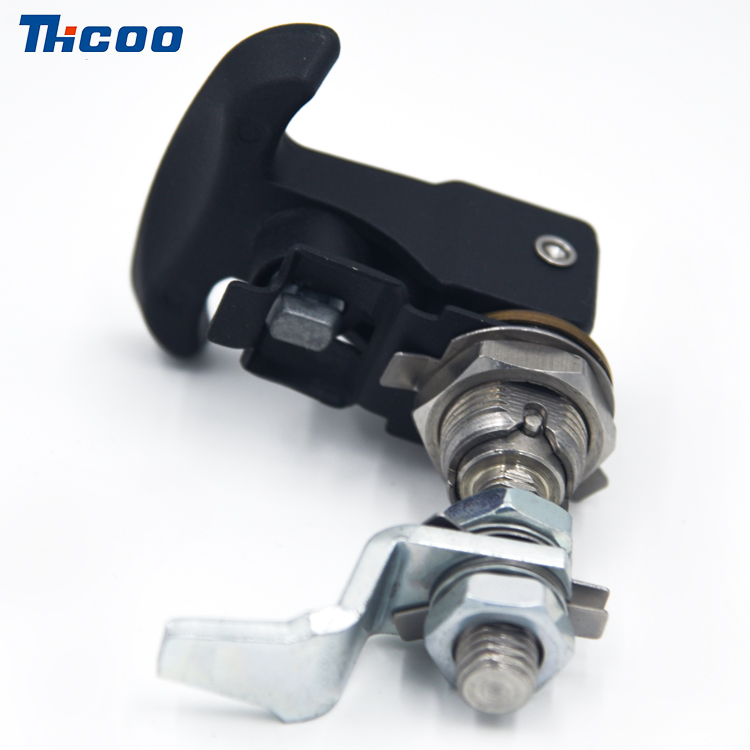Rod control locks, also known as rod locks or rod control systems, are mechanical devices used to secure or release the movement of rods or shafts in various applications. They are commonly used in industrial machinery, equipment, and systems where precise control over rod movement is required. Here's a general overview of how rod control locks work:
1. Construction: Rod control locks consist of several key components, including a locking mechanism, a handle or actuator, a rod or shaft, and a housing or frame. The locking mechanism is typically comprised of a series of interlocking teeth or wedges that engage with corresponding grooves or notches on the rod or shaft. The handle or actuator is used to control the position of the locking mechanism, enabling the lock to be engaged or disengaged.
2. Locking and Unlocking: When the rod control lock is in the unlocked or disengaged position, the locking mechanism allows free movement of the rod or shaft. However, when the lock is engaged, the locking mechanism securely grips the rod, preventing it from moving or rotating. This is typically achieved by turning the handle or actuator to align the interlocking teeth or wedges with the grooves or notches on the rod, creating a tight and secure connection.
3. Stability and Rigidity: When the rod control lock is engaged, it provides stability and rigidity to the system by immobilizing the rod or shaft. This is particularly useful in applications where precise positioning, alignment, or fixation is required. By preventing unintended movement or rotation, the lock helps maintain the desired configuration or orientation of the rod, ensuring consistent and controlled operation of the machinery or equipment.
4. Safety and Security: Rod control locks also enhance safety and security in certain applications. By immobilizing the rod, they help prevent accidental or unauthorized access to hazardous areas, machinery, or equipment. This can minimize the risk of accidents, injuries, or damage caused by unintended operation or interference with the rod. In some cases, rod control locks may also incorporate additional safety features, such as key locks or tamper-proof mechanisms, to further enhance security.
5. Versatility: Rod control locks are available in various designs, sizes, and configurations to accommodate different rod or shaft diameters, lengths, and operating conditions. They can be manually operated or integrated into automated systems, depending on the application requirements. Additionally, some rod control locks may offer adjustable locking forces or allow for incremental positioning, providing greater flexibility and adaptability to specific needs.
It's important to note that the precise operation and design of rod control locks can vary depending on the manufacturer and specific application. Therefore, it's recommended to refer to the manufacturer's instructions and guidelines for proper installation, operation, and maintenance of rod control locks to ensure their optimal performance and longevity.

 English
English Deutsche
Deutsche 简体中文
简体中文 languages
languages 

